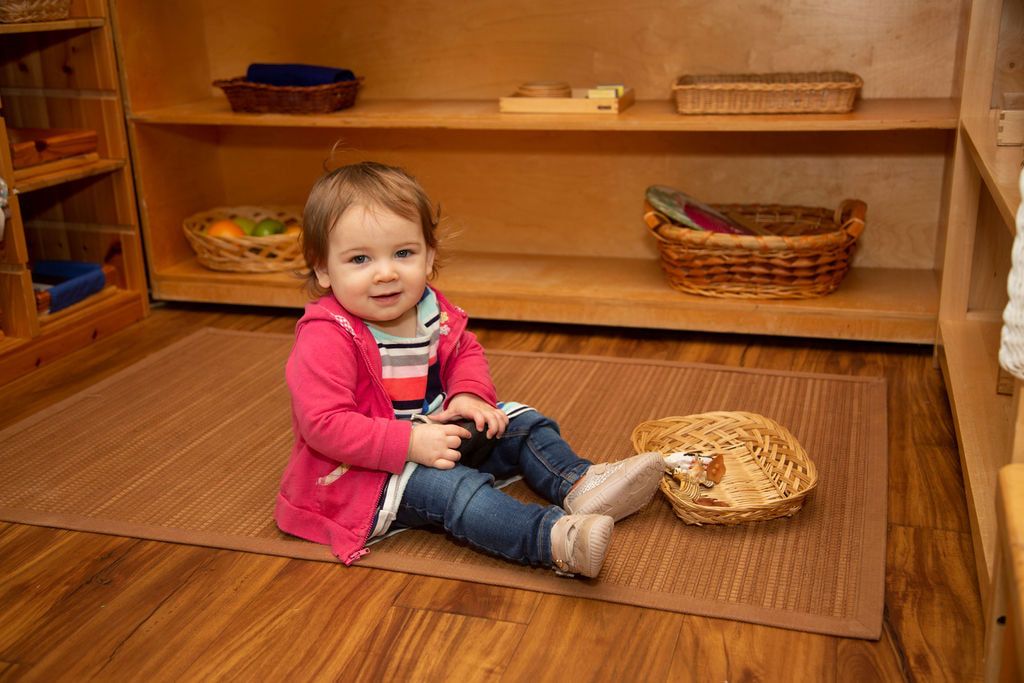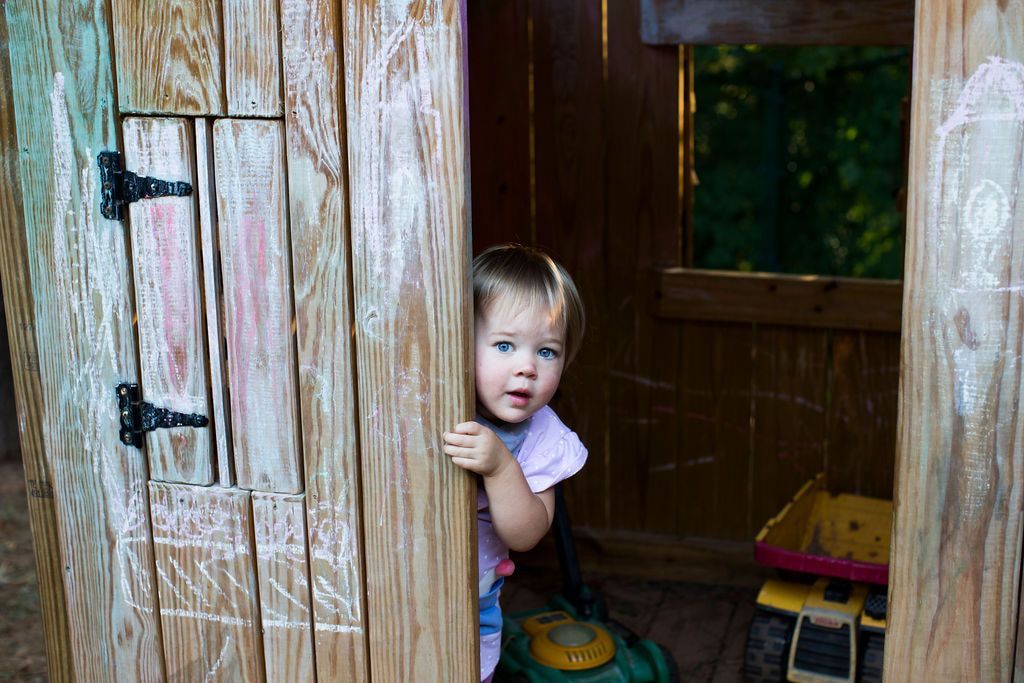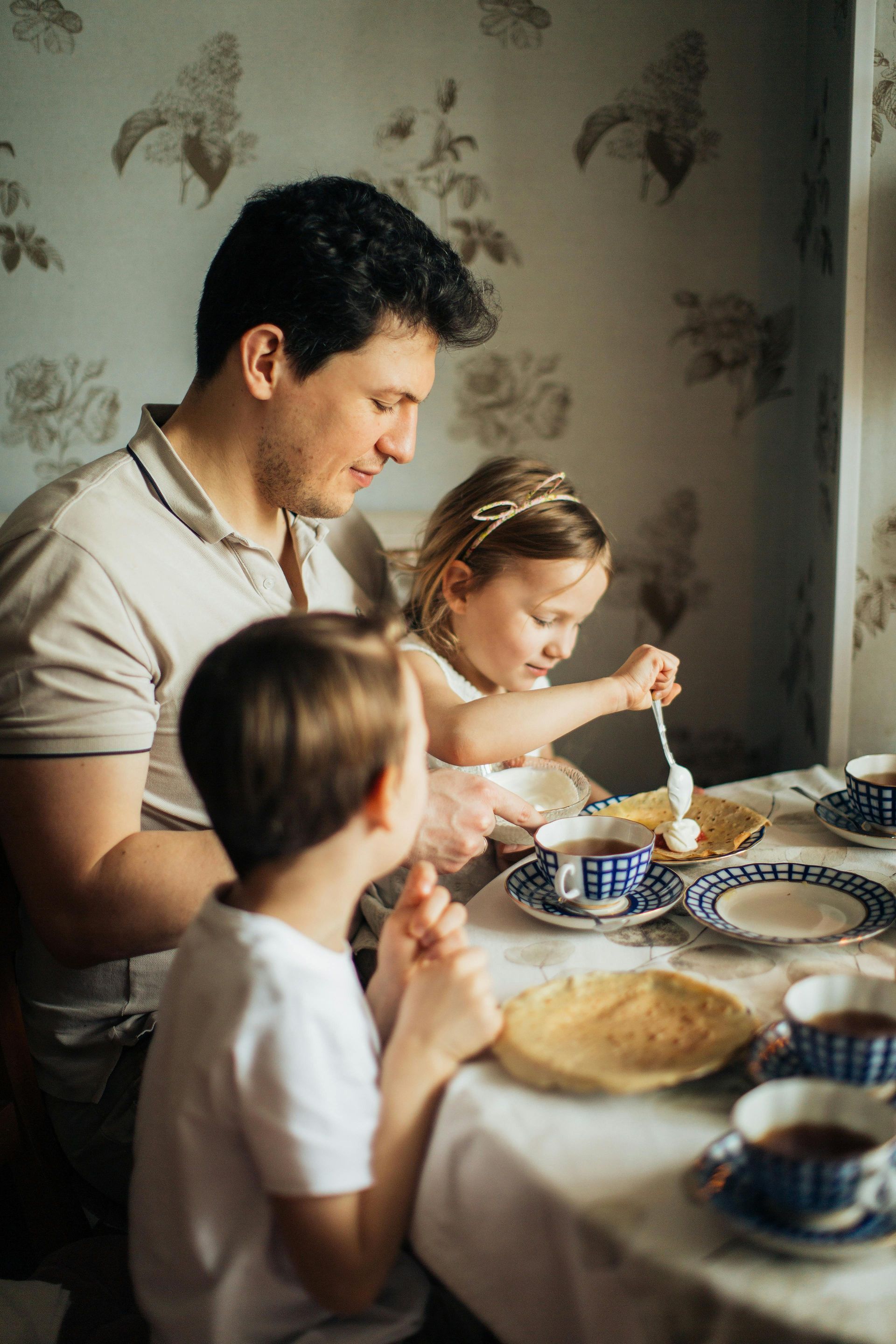
What is the prepared environment in Montessori?
The French term mise en place is popular among professional chefs and home cooks alike. It refers to the concept of having the necessary tools and ingredients for a meal prepared and ready to be used before beginning to cook. By having everything set up beforehand, the cook is free to more deeply engage in the work of creating the meal rather than bustling around collecting and preparing ingredients while cooking. This emphasis on order and preparation has value far beyond the kitchen, and is especially important in the Montessori method.
Montessori is often mistaken as a method that allows children to do whatever they want without rules. On the contrary, Montessori offers children a
prepared environment intentionally crafted to meet their developmental needs and foster engaged learning. Within this prepared environment, children have the freedom to explore their interests and advance their development within the limits of the activities provided.
There are six central tenants of the prepared environment, which include:
- Freedom: the child’s freedom to choose activities and work at their own pace, within the constraints of the available options
- Structure and Order: everything has a specific place and purpose, with full accessibility for the child to encourage a sense of competence
- Beauty and Aesthetics: keeping things uncluttered, simple, and lovely with an emphasis on using natural materials
- Reality and Nature: utilizing real-life tools, adapted to child-size, and incorporating elements of nature such as plants
- Intellectual Environment: carefully designed materials that are hands-on and allow for a tangible exploration of abstract concepts
- Social Environment: fostering a sense of community to encourage collaboration
How can you implement aspects of the prepared environment at home?
There are many ways to implement the core tenants of the prepared environment at home for your child. From the playroom to the kitchen, and even in the bathroom, thinking through the ways you can prepare your child’s environment for their optimal functioning and learning can go a long way. Here are a few ideas about how to prepare your home to foster your child’s development and independence:
- Everything has a place, and everything in its place. Set a location for each object your child uses, and practice putting things back where they belong with your child. Order, cleanliness, and routine are important for children’s well-being. Reduce clutter by only providing a limited number of toys and materials at a time. One way to achieve this is through toy rotation. In toy rotation, the environment is prepared by only making few specific toys available to your child at a time, and switching out these toys periodically based on your child’s interests. Try starting with 10 options for play and see how it goes!
- Create accessible and inviting child-sized spaces. Think about your home from your child’s perspective. Put items at your child’s height, and offer tools that are appropriate for their size. For example, you could add a child-sized chair and table in the kitchen for your child to eat their snacks at, a low hanging hook for coats, or a hand-washing station that your child can easily access to care for their own hygiene needs. Hang artwork at the child’s eye level as well to inspire them.
- Keep it close to nature. Incorporate natural elements in the environment such as live plants, fresh flowers, shells, and rocks. Look for toys and tools made with natural materials including wood, glass, or metal. Yes, natural materials may be more likely to break than plastic, but they will also help your child learn a sense of responsibility and pride in their environment.
- Find the beauty in simplicity. Help your child discover a sense of wonder through beautiful, inspiring spaces that are free from clutter. Simplicity has aesthetic appeal for children and beauty is inviting. Soft lighting and colors in your child’s spaces are both visually appealing and can help them concentrate.
- Minds-on play. Select toys that encourage hands-on, open-ended exploration and learning such as art supplies and blocks. There are a variety of Montessori-specific educational materials used in classrooms, such as the pink tower and red rods, but you do not need to purchase these in order to create a Montessori experience at home. There are many materials within Montessori that you may already have around the house. These include puzzles, language cards, and any sensory experiences, which can all promote cognitive development and engage your child in playful learning.
Incorporating even a few elements of the Montessori prepared environment in your home can help support your child in gaining independence and empower them to take agency in their own learning and development. By allowing your child to actively explore their own interests in an intentionally organized space you can inspire a lifelong love of learning for your child.


